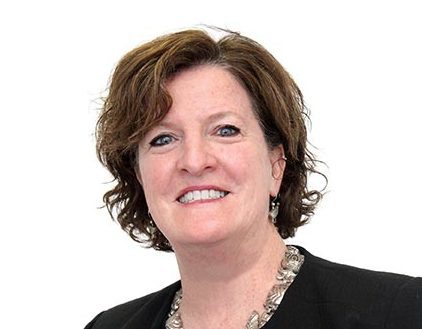Since my first driver’s license umpteen years ago, I have checked the box to be an organ donor. I find comfort knowing that when I go, parts of me might help others go on.
When I have idle time, I ponder what it might be like for recipients to see through new eyes, feel a new heart beat, say goodbye to dialysis – even live longer with their friends and family. It has to be awesome.
Jen Noel’s article “Donate Life” offers invaluable information about organ donations. The story is the magazine’s nod to National Organ Donor’s Day on Feb. 14.
There are more than 120,000 people waiting for a life-saving organ donation, according to www.organdonor.gov. The process of donation most often begins with your consent, just like the consent I offer on each driver’s license.
Signing up does not guarantee you will be able to donate your organs, eyes, or tissues – but it is the first step to being eligible to save lives.
Two other forms of donation have hit my radar lately that I want to bring to yours: living donations and donating your body to science once you die.
A friend of mine in his mid-twenties told me that he hoped to be a living donor one day. The concept of giving life while he is alive intrigues him and offers an added sense of purpose.
National Geographic’s January issue features a story entitled “The Science of Good and Evil,” which explores “how our brains tilt us toward violence or altruism.” Missy Ewing, who donated a kidney to a stranger, is part of the article. Her living donation, the article notes, was her response to the love she has been given in her life.
Motivated by gratitude, love, a sense of purpose or other personal reasons, I hope the living donor list grows.
Generally, living donors should be physically fit, in good health, between the ages of 18 and 60, and should not have (or have had) diabetes, cancer, high blood pressure, kidney disease, or heart disease, donor.org states. A kidney is the most frequently donated organ from a living donor, followed by part of a liver, lung, pancreas or the intestines.
When my mother-in-law, Pearl Fulton, passed away this year she donated her body to science. A nurse, she liked knowing that she would be part of medical and research breakthroughs that leads to cures and successful therapies for many diseases.
Donate Life Maryland facilitates deceased organ, eye and tissue donation, which is different from whole body donation. While it is possible to be both an organ, eye and tissue donor and whole body donor, there are separate organizations that exist to support whole body donor programs.
One of the following organizations offer great information about whole body donations:
I think it’s perfect that Valentine’s Day and National Organ Donor Day share Feb. 14. Whether it’s in gratitude for the love we have received or for someone we love or who needs love, donating ourselves is an incredible gift.
Amazing Peace,













